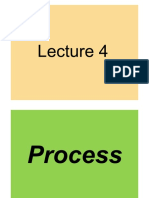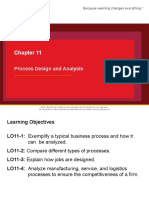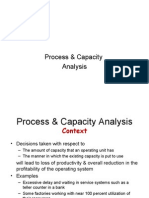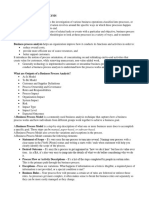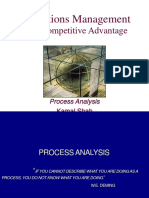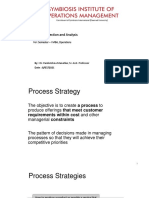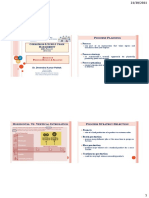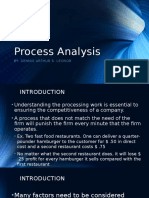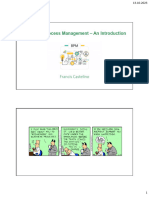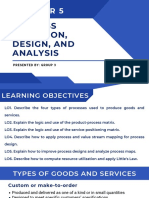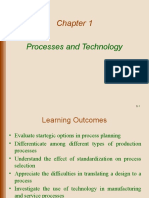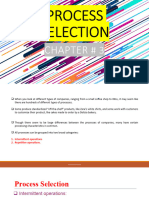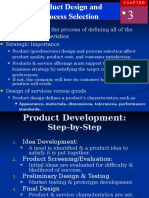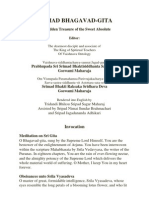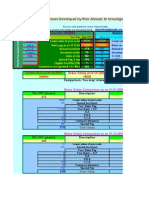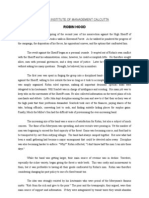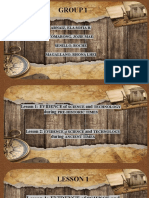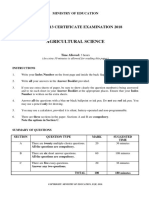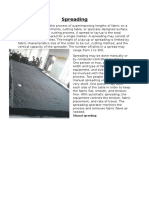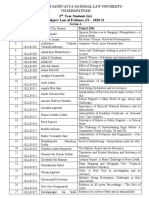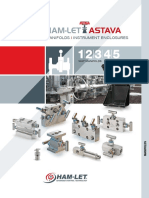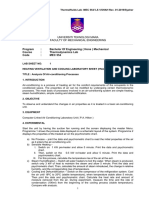0% found this document useful (0 votes)
188 views13 pagesProcess Analysis1
A process transforms inputs into outputs. Process analysis involves studying how a process works in order to improve efficiency. Key aspects of process analysis include mapping the process flow, measuring performance metrics like productivity and throughput time, and identifying ways to reduce bottlenecks and optimize the process. Process design considerations include whether to use a make-to-order, make-to-stock, job shop, or assembly line approach.
Uploaded by
api-3719687Copyright
© Attribution Non-Commercial (BY-NC)
We take content rights seriously. If you suspect this is your content, claim it here.
Available Formats
Download as PPT, PDF, TXT or read online on Scribd
0% found this document useful (0 votes)
188 views13 pagesProcess Analysis1
A process transforms inputs into outputs. Process analysis involves studying how a process works in order to improve efficiency. Key aspects of process analysis include mapping the process flow, measuring performance metrics like productivity and throughput time, and identifying ways to reduce bottlenecks and optimize the process. Process design considerations include whether to use a make-to-order, make-to-stock, job shop, or assembly line approach.
Uploaded by
api-3719687Copyright
© Attribution Non-Commercial (BY-NC)
We take content rights seriously. If you suspect this is your content, claim it here.
Available Formats
Download as PPT, PDF, TXT or read online on Scribd
/ 13
